Completes first-ever comprehensive medical exams on species
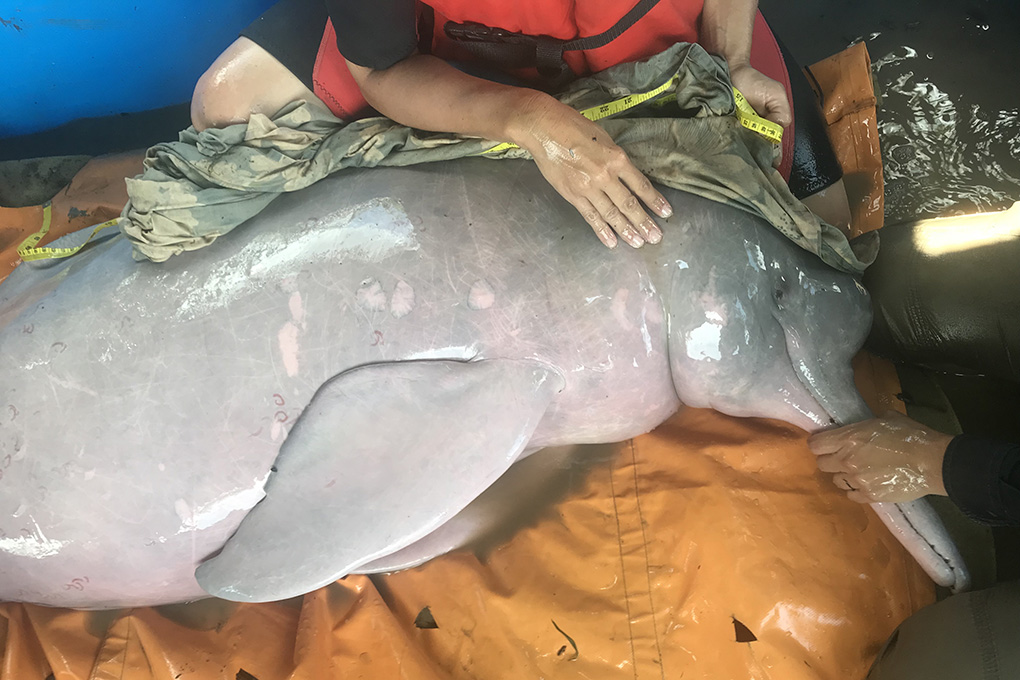
BALTIMORE, MD –Veterinarians from The Maryland Zoo and the Saint Louis Zoo traveled nearly 4,000 miles to rescue dolphins in central Bolivia, where a group of approximately 15 endangered Bolivian river dolphins (Inia
“This species is endemic to Bolivia,” said Dr. Ellen Bronson, senior director of animal health, conservation, and research at The Maryland Zoo. “They face many threats in the wild mostly due to the conversion of forest into soybean fields, which leads to erosion of dirt into rivers, along with potential contaminants and diseases. They are very secretive, and little is known about their biology and health, including how these environmental changes affect their survival.”
In late 2017, Claudia Venegas, a biologist affiliated with the Noel Kempff Mercado Museum of Natural History in Santa Cruz, Bolivia, reached out to colleagues at Maryland Zoo and Saint Louis Zoo with whom she had worked previously to ask for assistance. “Having worked on wildlife health and conservation projects in Bolivia since 1999, I was happy to collaborate with Bolivian colleagues and Dr. Bronson to help address this increasing conservation challenge that threatens the long-term survival of the river dolphin of Bolivia,” said Dr. Sharon Deem, director of the Saint Louis Zoo Institute for Conservation Medicine. “This rescue project also presented the opportunity to perform complete medical exams on the animals, which we believe is a first for the species — a species designated as separate from the Amazonian river dolphin in 2012.”
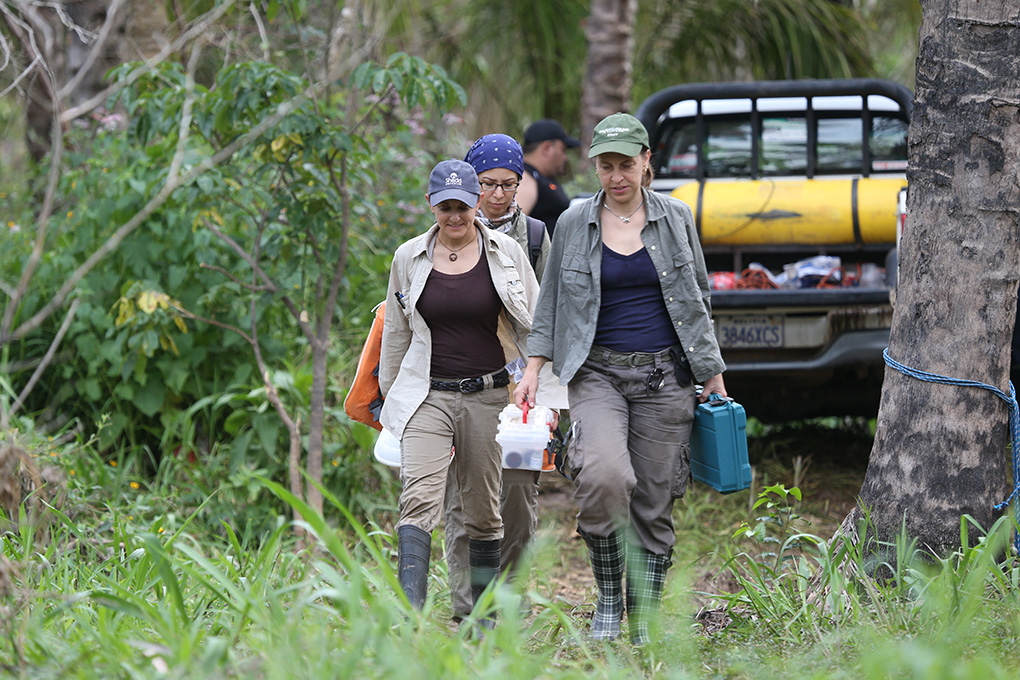
A grant from the American Association of Zoo Veterinarians’ Wild Animal Health Fund made the trip
The first challenge for the group was finding a way to reach the dolphins, and then a way to transport them to a river release point. Battling knee-deep mud, mosquitoes, extreme heat and rudimentary roads cleared by machete, the group worked with regional aquatic rescue experts and forest
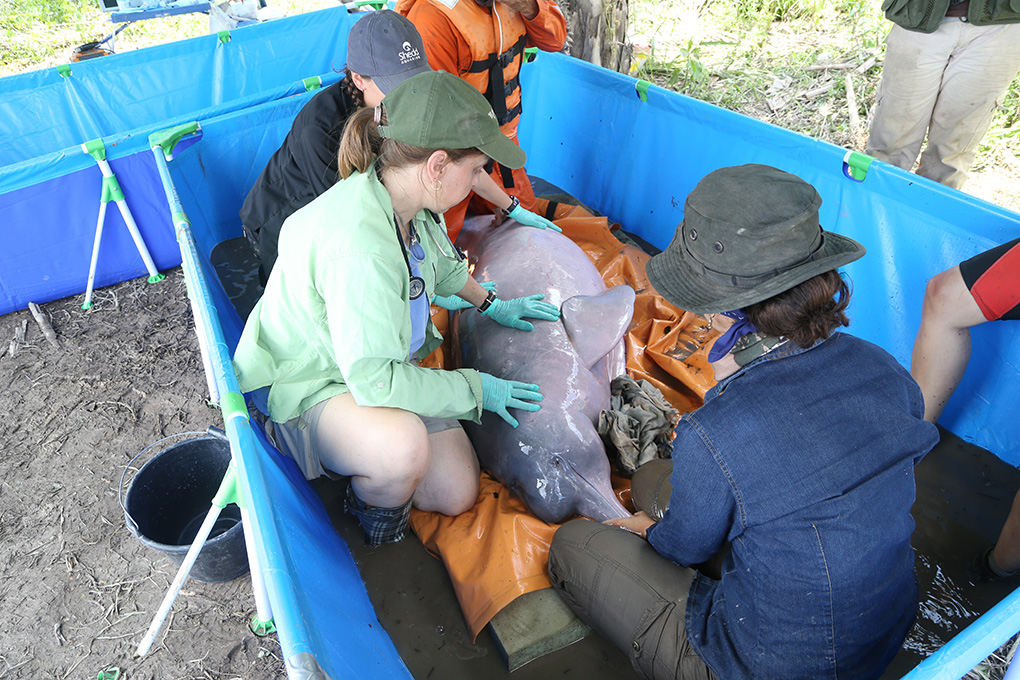
Transport from the lake to the river took nearly two hours, and the dolphins were monitored closely the entire time. During their two weeks at the lake, the group relocated six dolphins and collected priceless information on the species.
“We believe that these were the first full health examinations done on this species with extensive diagnostic sampling. There have been
Results from many of the tests were recently received and could greatly impact future conservation efforts for the species.
“The six dolphins, one female and five males, including one juvenile, were in surprisingly good condition and overall appeared healthy on examination and on initial laboratory testing,” said Bronson. “Having the opportunity to work hands-on with this amazing species and contribute to its conservation was a very gratifying and humbling experience.”
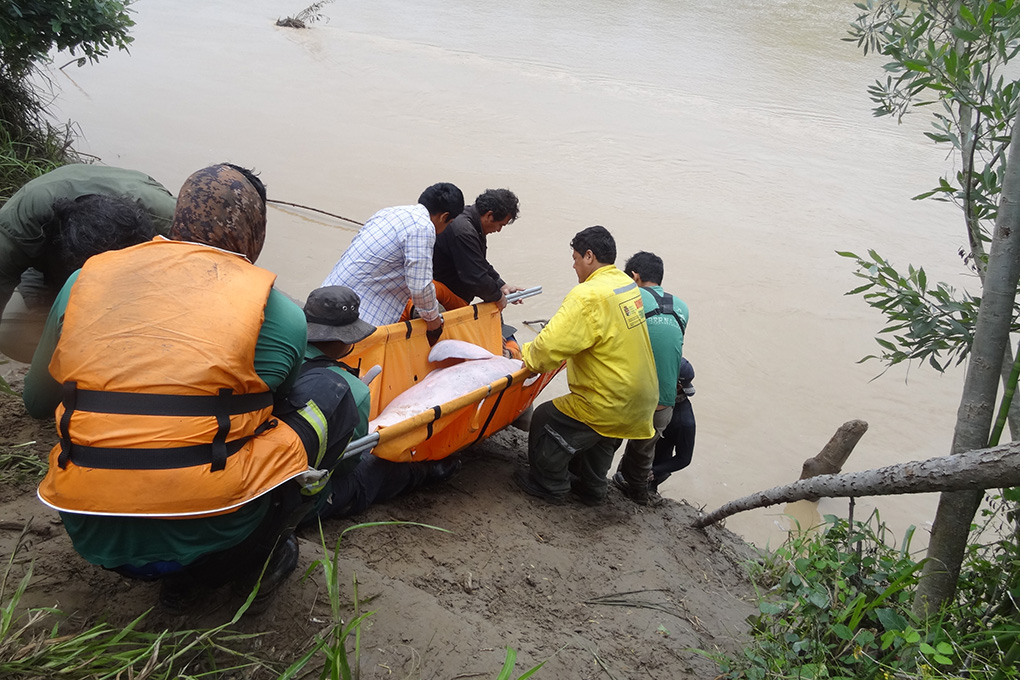
“This dolphin rescue and translocation project is an example of the positive impact that zoos and aquariums accredited by the Association of Zoos and Aquariums (AZA) can have by working to ensure the health and conservation of endangered species, whether the species are living in world-class AZA zoos and aquariums or are in the wild living in habitats that are rapidly being modified by the growing human footprint,” said Deem. “We hope to continue our collaboration in the near future on behalf of the river dolphins in Bolivia.”
Plans are currently underway with the collaborating organizations to determine the next rescue mission for the remaining dolphins.

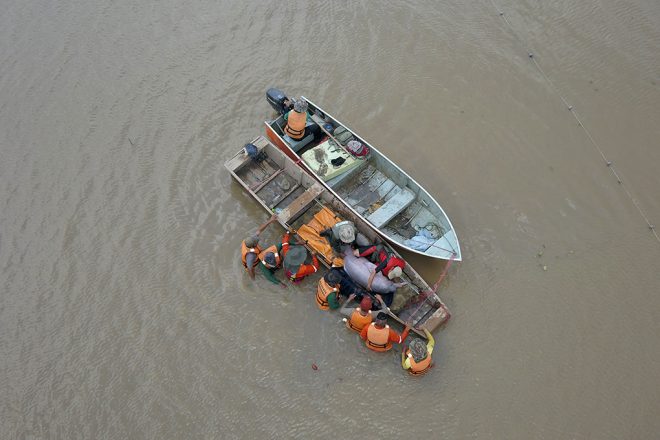
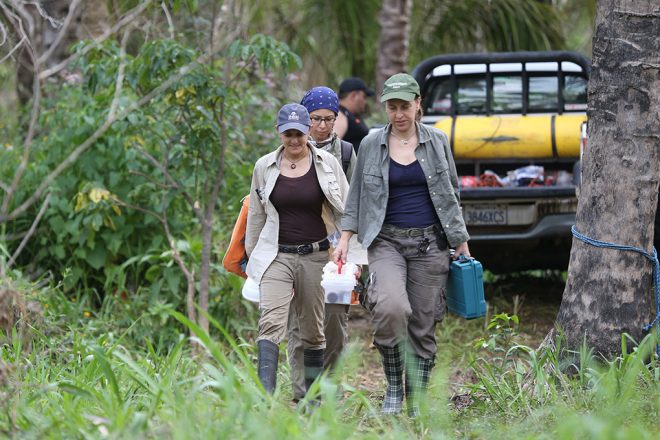
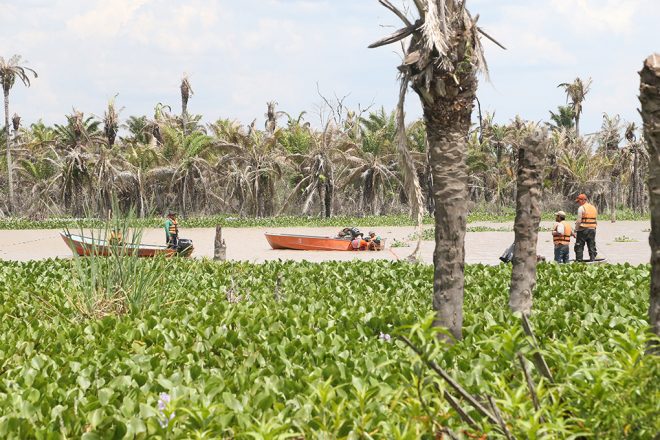
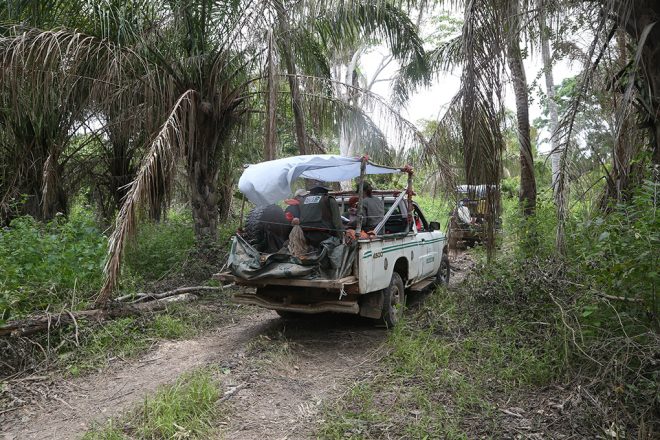
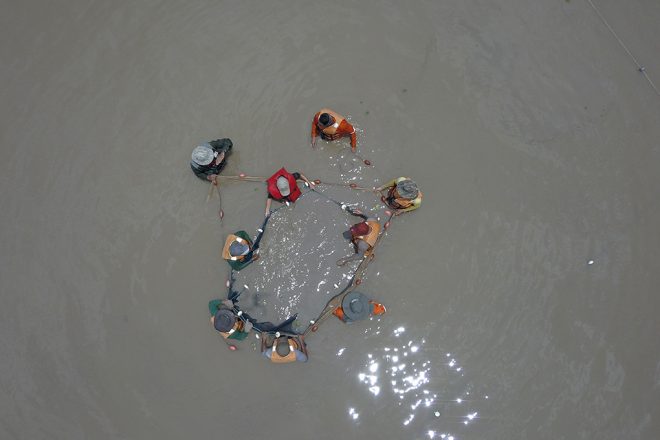
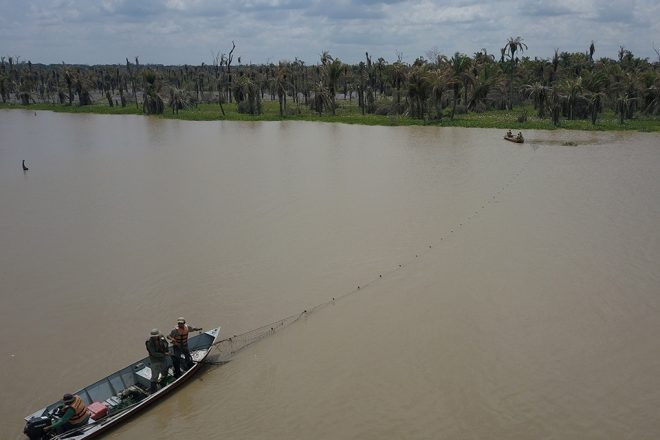
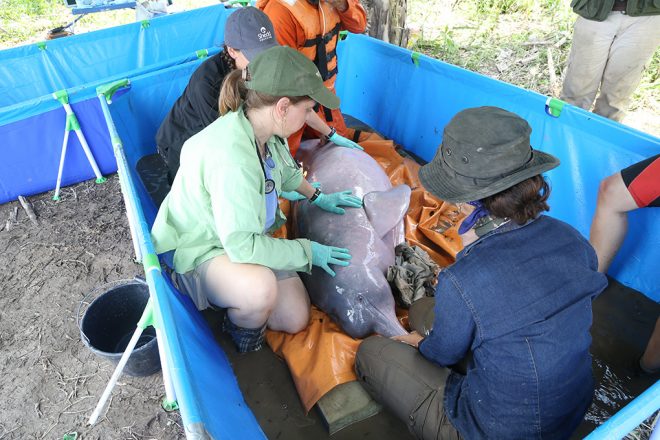
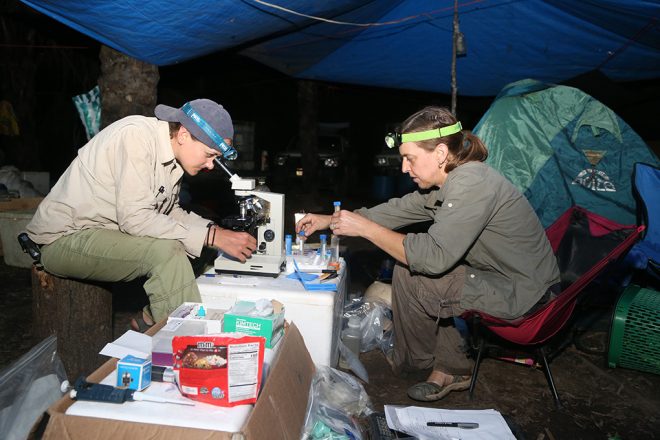
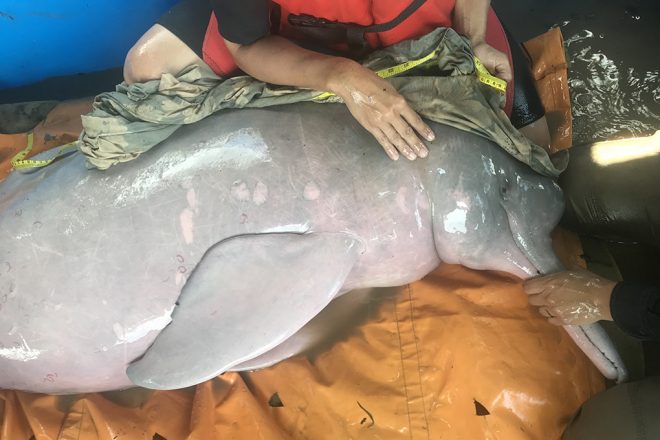
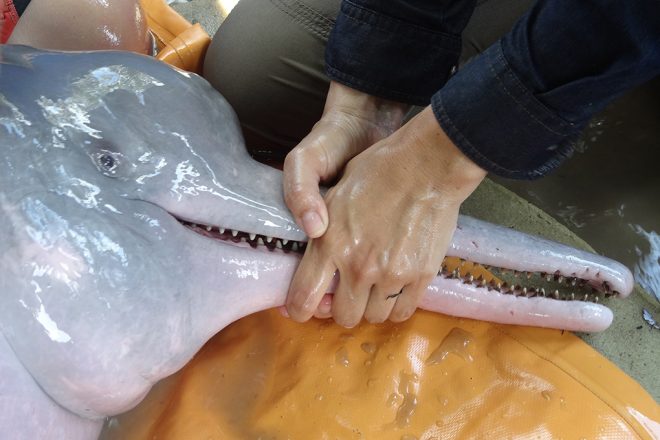
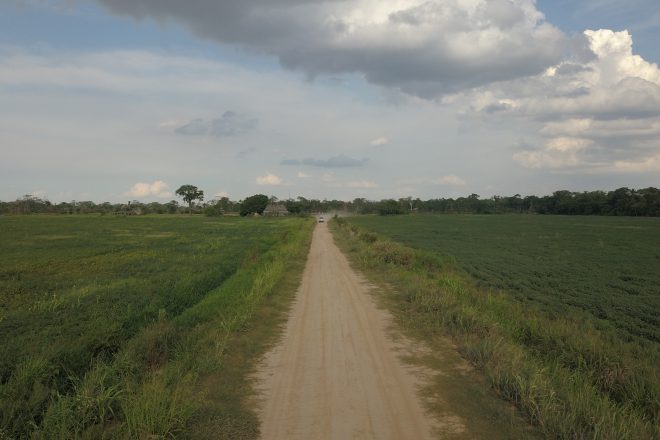
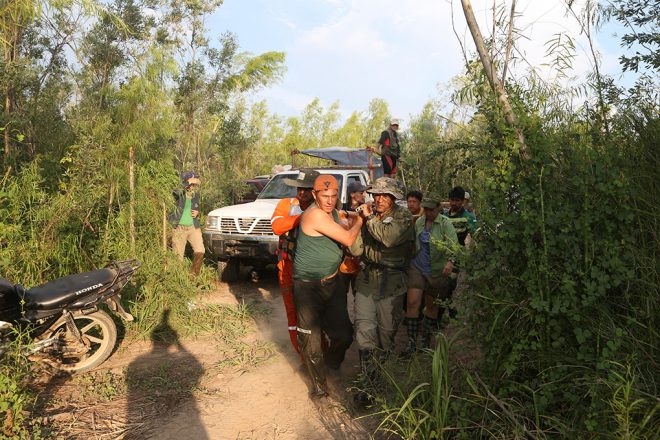
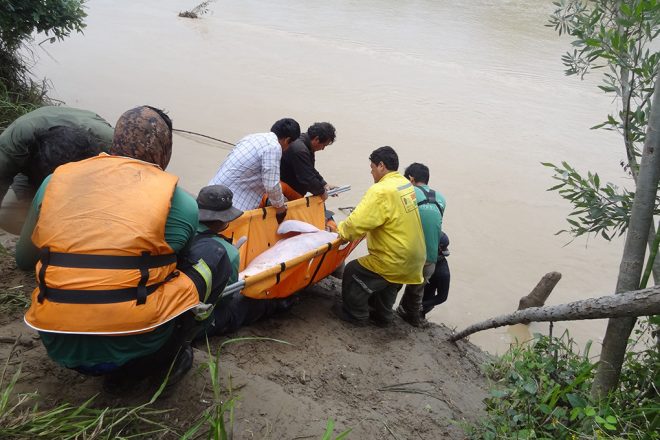
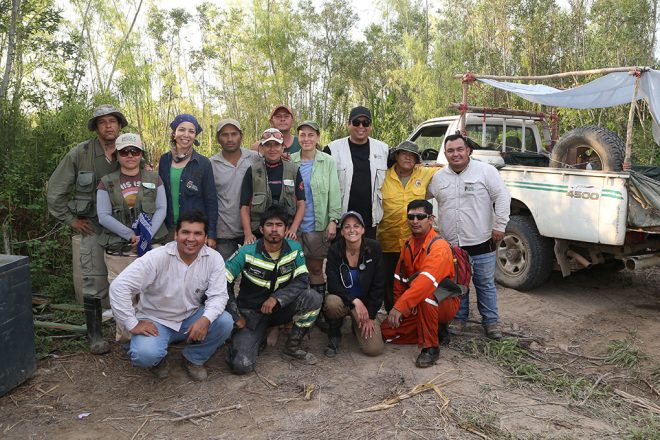
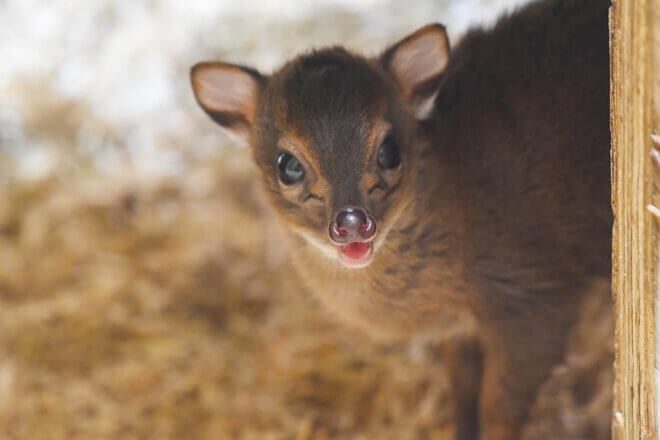
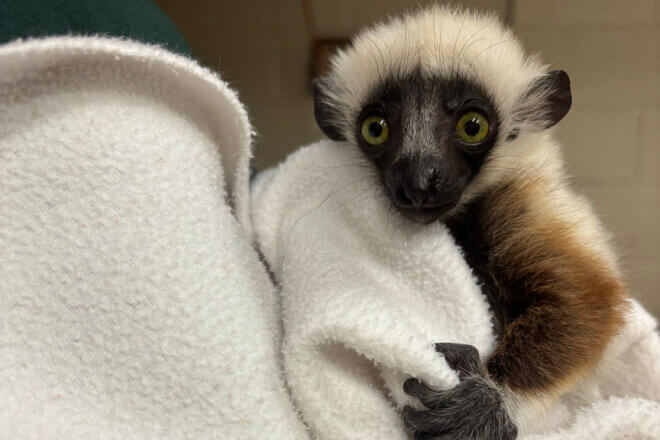
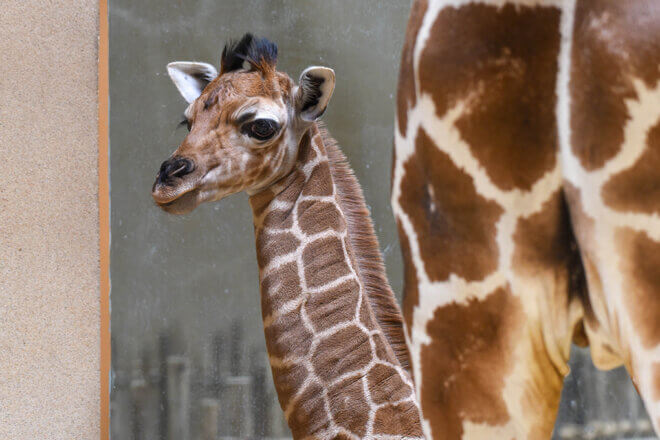
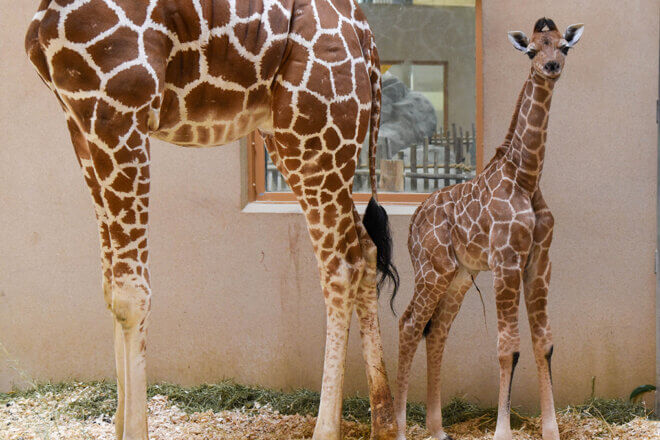
Share this article